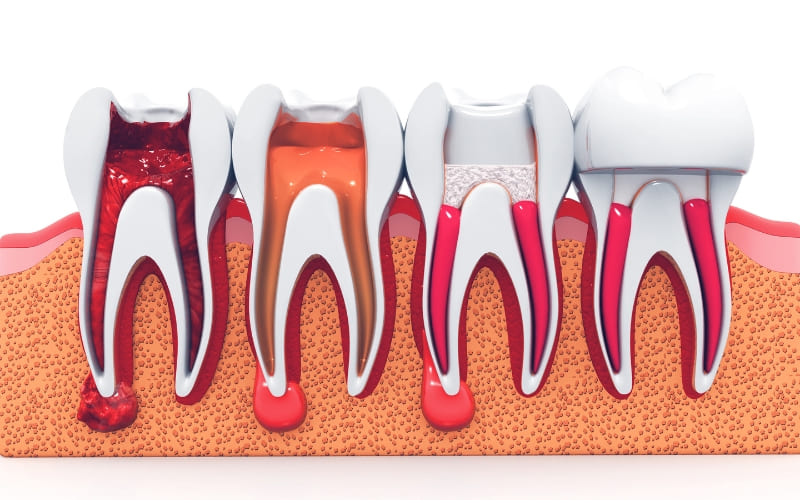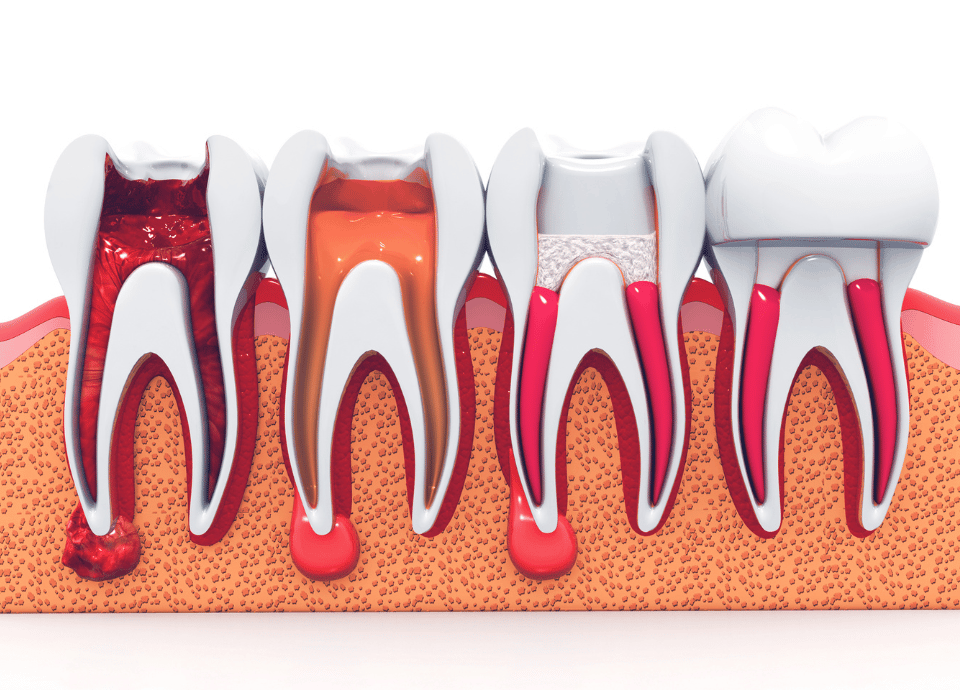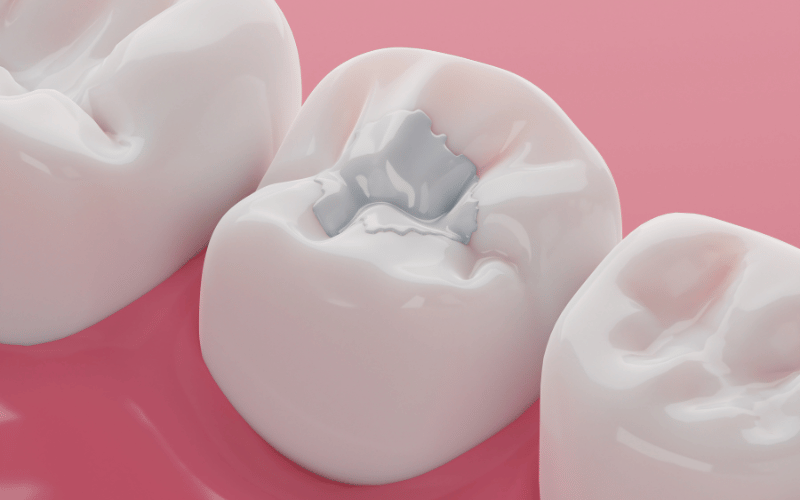Call: (810) 674-3060
Is Root Canal Therapy The Same As A Root Canal?

In oral health, terminology such as “root canal therapy” and “root canal” are frequently used interchangeably, causing misunderstanding among patients seeking clarification on their dental operations. Are they the same, or do they differ noticeably? Understanding these distinctions is critical for making educated oral health decisions. Let us begin on a journey to untangle the complexities of root canal treatment and demystifying procedures that may appear intimidating.
The Root Canal Unveiled:
To get started, let’s go over the fundamentals. The word “root canal” refers to the natural hollow within the tooth that houses the pulp, a fragile network of nerves, blood vessels, and connective tissue. This gap spans from the tooth’s crown to the tips of the roots. The term “root canal” might refer to one of two things: the anatomical structure inside the tooth or a dental surgery designed to address difficulties inside this structure.
Distinguishing Root Canal Therapy:
Root canal treatment is a dental operation that removes diseased or injured pulp from severe decay or trauma within the root canal. It does not imply tooth extraction and entails washing and sanitizing the tooth inside and sealing it to avoid future infections.
Benefits Of Root Canal Therapy
Root canal therapy, a dental surgery that addresses pulp abnormalities within the tooth, has various advantages for those with dental difficulties.
1. Pain Relief:
Root canal therapy, which involves the removal of injured pulp for long-term comfort, is a common treatment for severe tooth pain caused by pulp infection or inflammation.
2. Preservation of Natural Teeth:
In contrast to tooth extraction, which removes the entire tooth, RC therapy retains natural tooth structure, keeping smiling aesthetics and assuring the functional operation of natural teeth.
3. Prevention of Further Damage:
Root canal therapy protects the tooth and surrounding tissue by preventing the spread of tooth pulp infection, which can lead to dental abscesses.
4. Efficient Chewing and Biting:
A successful root canal restores normal dental function, allowing the treated tooth to function normally and allowing for pleasant eating and chewing.
5. Improved Oral Health:
Root canal treatment improves general oral health by treating the underlying cause of the tooth problem. It removes infection, minimizes the risk of the issues, and provides a better oral cavity environment.
6. Aesthetic Benefits:
Root canal therapy promotes overall dental health by addressing the root cause of the tooth issue. It eliminates infection, reduces the likelihood of issues, and creates a healthier oral cavity environment.
7. Cost-Effective Solution:
In the long term, root canal therapy may be less expensive than tooth extraction, followed by tooth replacement options such as dental implants or bridges. Natural tooth preservation minimizes the need for subsequent, more complicated dental operations.
8. Quick and Effective Procedure:
Root canal treatment is a quick and painless operation. Because of developments in dental technology and anesthesia, the process is often done in one or two sessions, enabling the correction of dental difficulties to be accomplished quickly.
9. Psychological Benefits:
Keeping your natural teeth might provide psychological benefits. Maintaining your natural smile boosts self-confidence and well-being while preventing the emotional burden of tooth loss.
10. Long-lasting Results:
A successful root canal might have long-term effects. The repaired tooth can stay viable for many years with correct oral hygiene and frequent dental check-ups, providing a long-term solution to dental issues.
Is root canal therapy the same as a root canal?
Yes, “root canal therapy” and “root canal” are terms often used interchangeably, but they can refer to slightly different things.
A “root canal” is a natural cavity within the center of a tooth that houses the tooth’s nerve and pulp. When people refer to a “root canal,” they usually talk about a dental procedure called root canal therapy.
RCT is a dental procedure performed by a dentist or endodontist (a specialist treating the inside of teeth). It is typically done to treat a tooth that has a damaged or infected pulp (the innermost part of the tooth containing nerves and blood vessels). During the procedure, the dentist or endodontist removes the infected or damaged pulp, cleans and shapes the inside of the tooth, and then fills and seals the space.
So, in summary, a “root canal” can refer to the natural cavity inside a tooth or the dental procedure known as root canal therapy, which is done to treat issues within that cavity.
Understanding the distinction between root canal treatment and the anatomical anatomy of the root canal is critical in dental care. RC therapy maintains natural teeth even though the root canal is an important element of the tooth’s architecture. This information enables people to make more educated decisions, resulting in healthier smiles and a more confident attitude to oral health.
Also Read: Can you get a root canal and crown in the same day?




